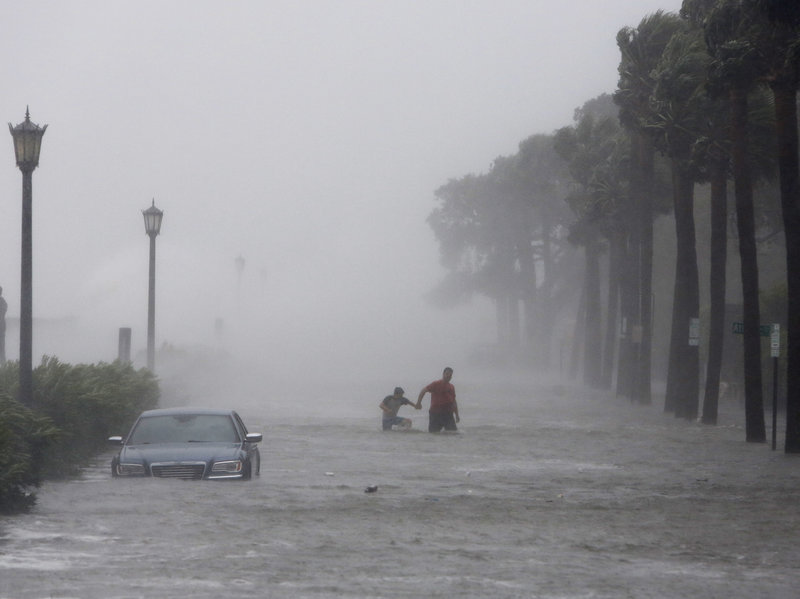Why is it easy to imagine sights, sounds and smells in vivid detail, but so much harder to conjure up the suffering you’d feel in intense heat? Blame your brain wiring.
Your ability to sense things just by thinking about them, which neuroscientists call simulation, requires vast networks of interconnected neurons.This neural limitation, I suggest, is a key reason why more people aren’t terrified by climate change. Most of us can easily imagine the sight of polar ice caps melting, and we might feel distressed as we think about coastal cities flooding. But thanks to our brain wiring, few of us can simulate the feeling of blasting heat or the awfulness of other disasters we’d face every day in a warming world.
By the end of the century, two out of three people living in Europe will be affected by heat waves, coastal floods and other weather-related disasters, largely due to global warming and climate change, according to a study published earlier this month in the journal Lancet Planetary Health. That’s 350 million people in 31 countries subjected to an increased risk of death and health hazards. Overall, weather-related disasters are expected to cause 152,000 deaths a year in Europe between 2071 and 2100, jumping from 3,000 weather disaster-related deaths per year between 1981 and 2010.
Continue reading... →
